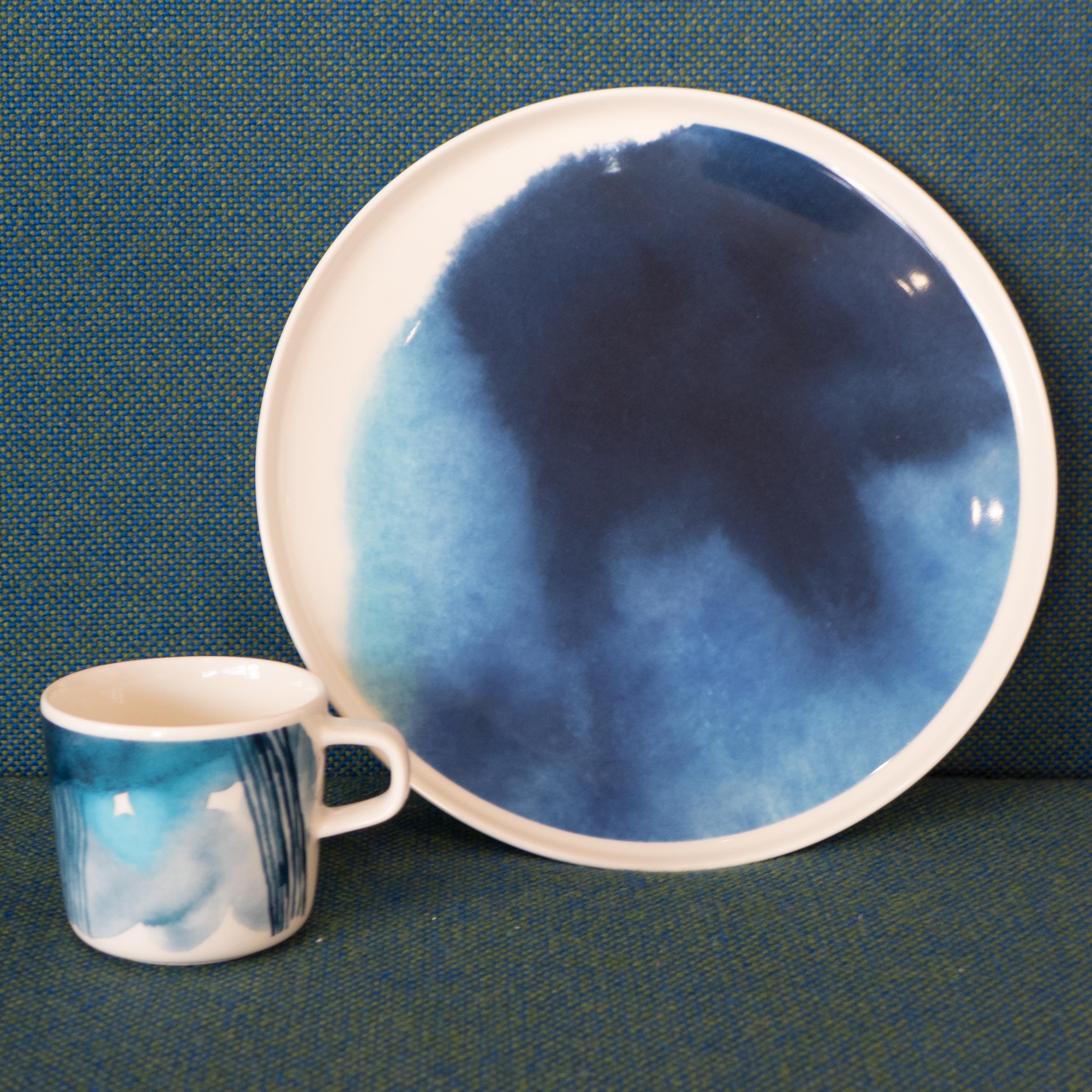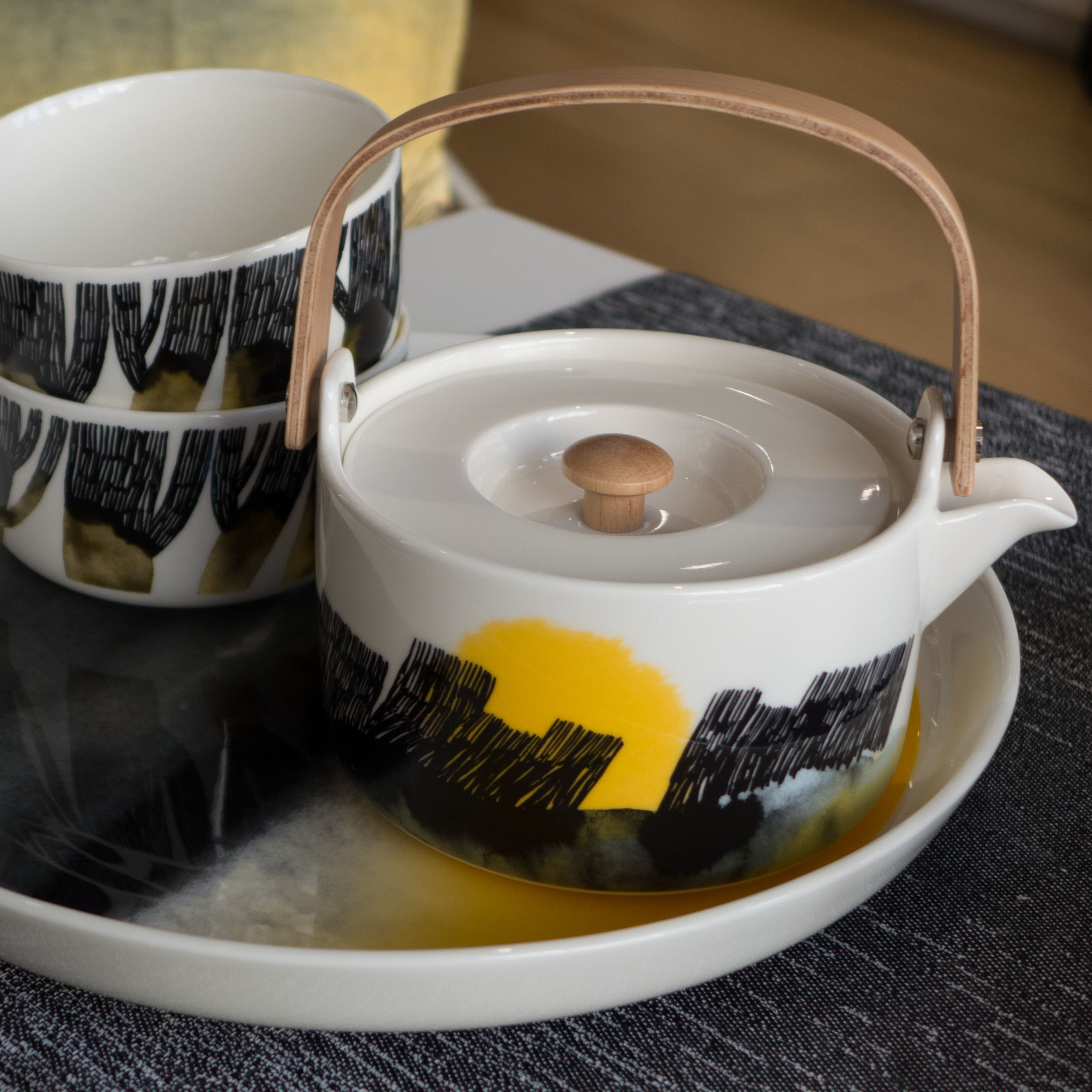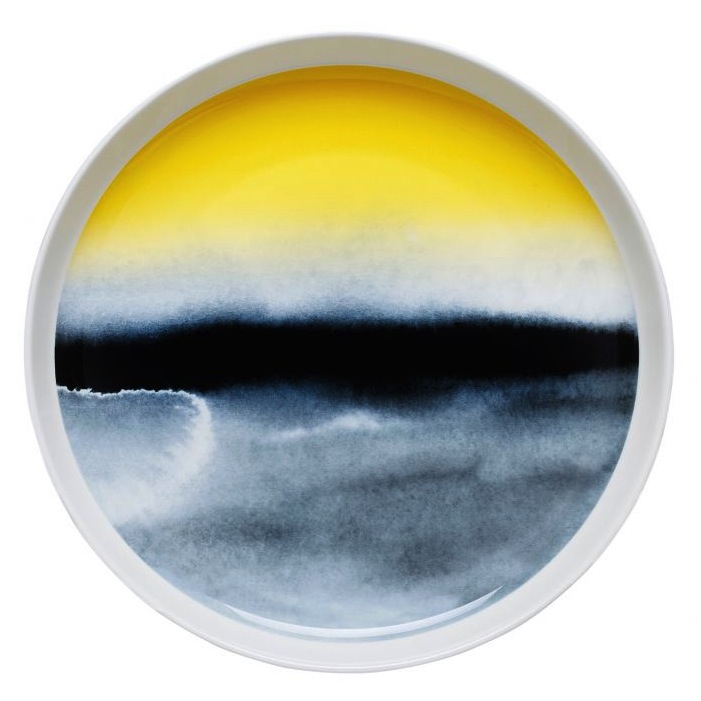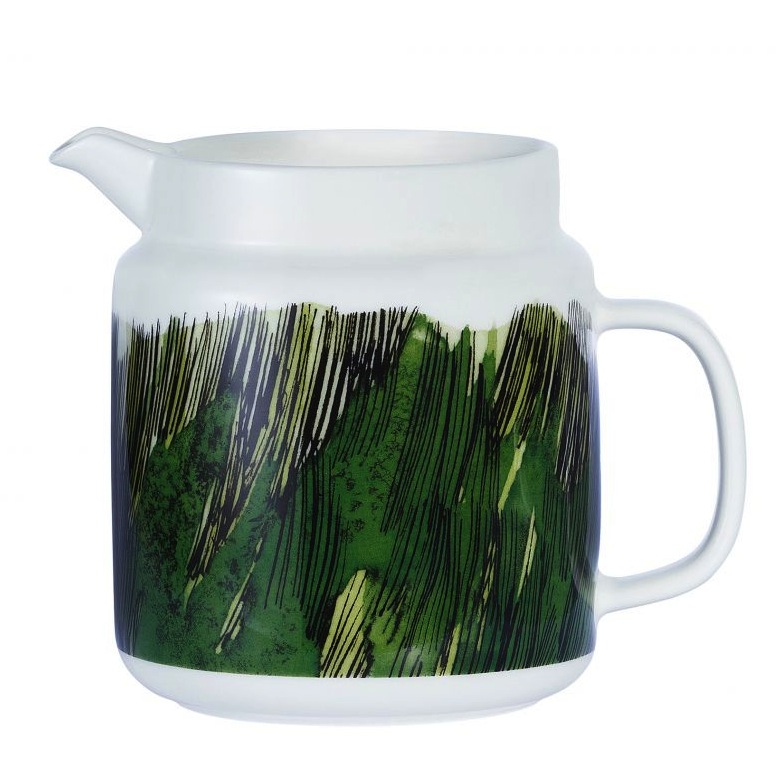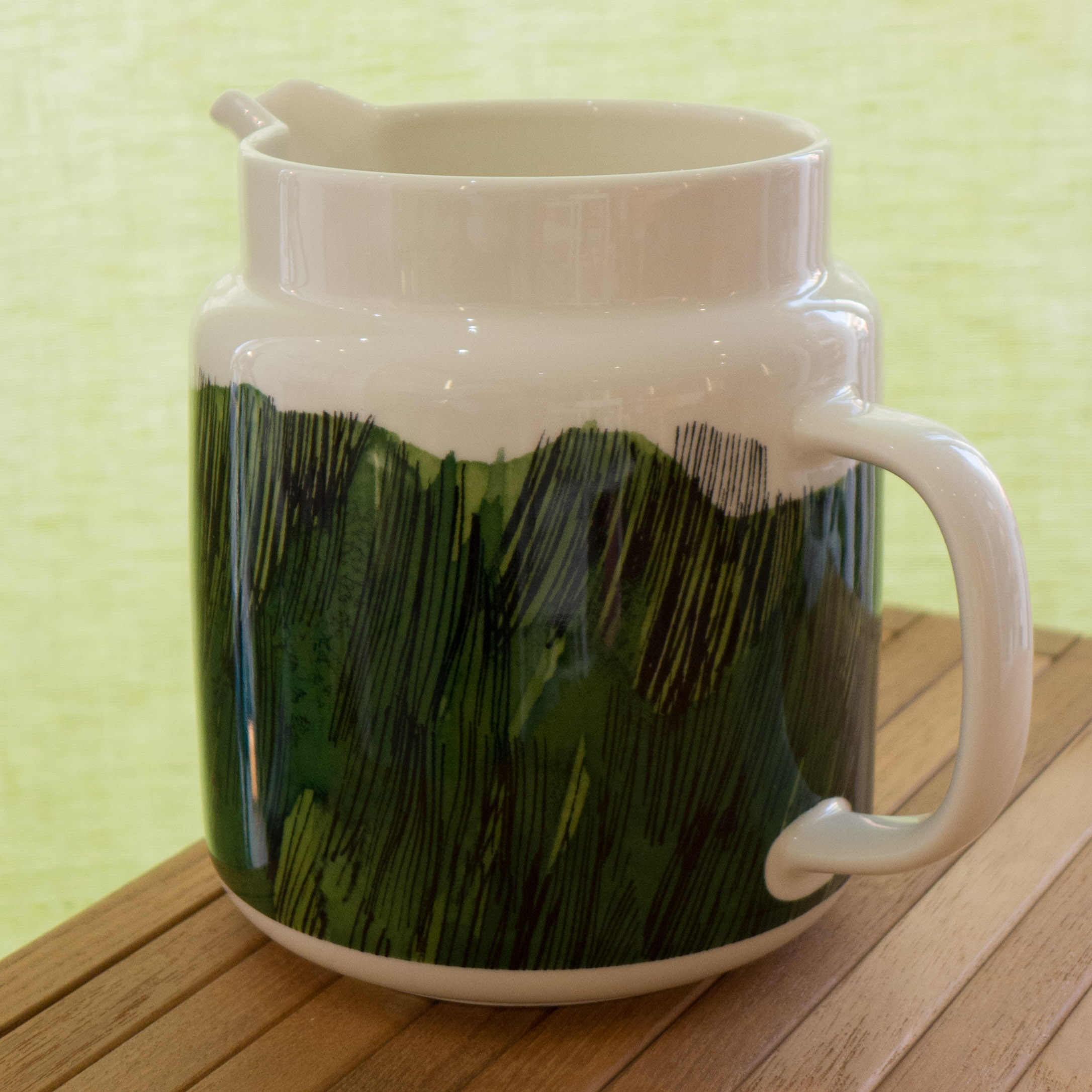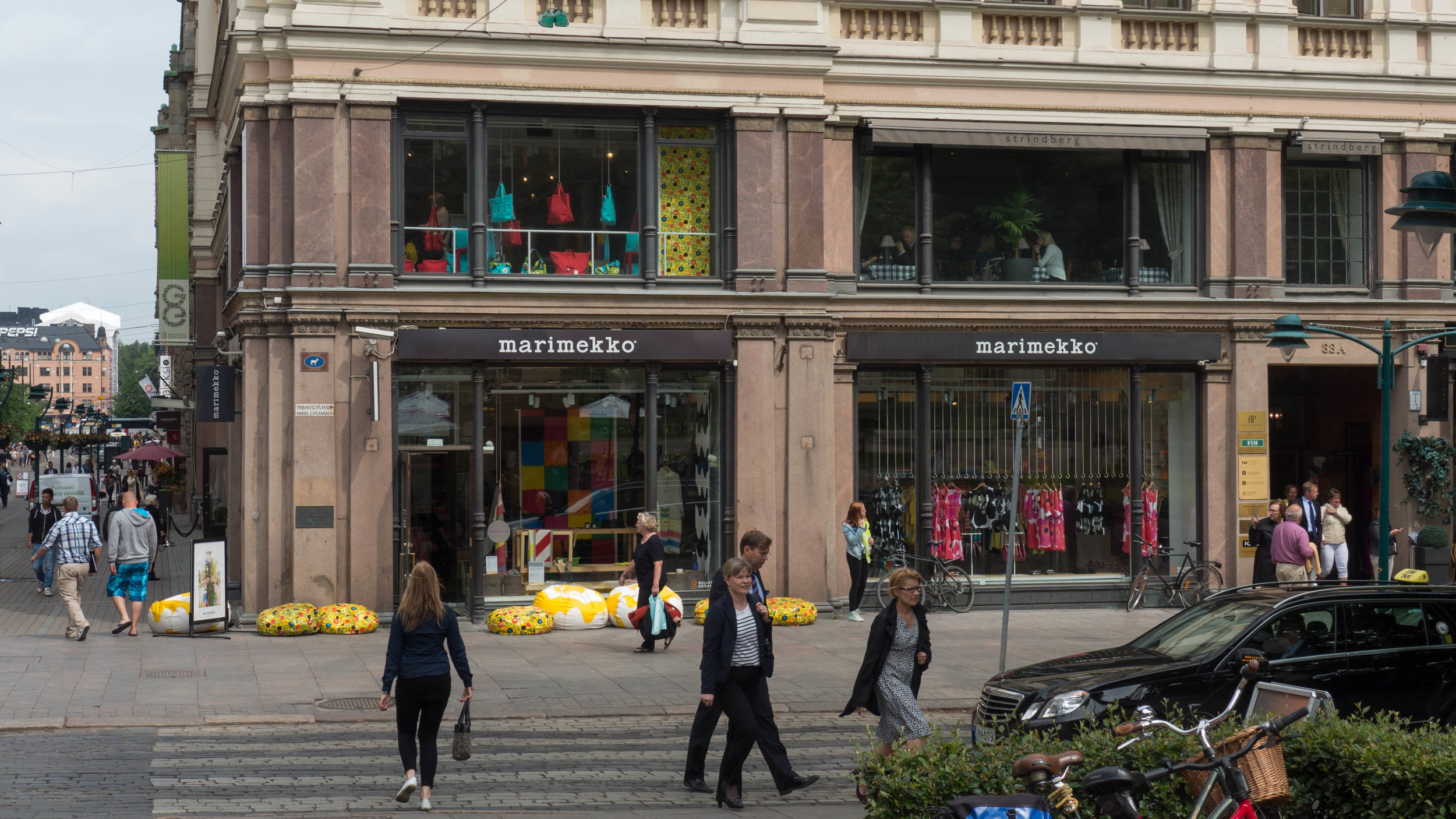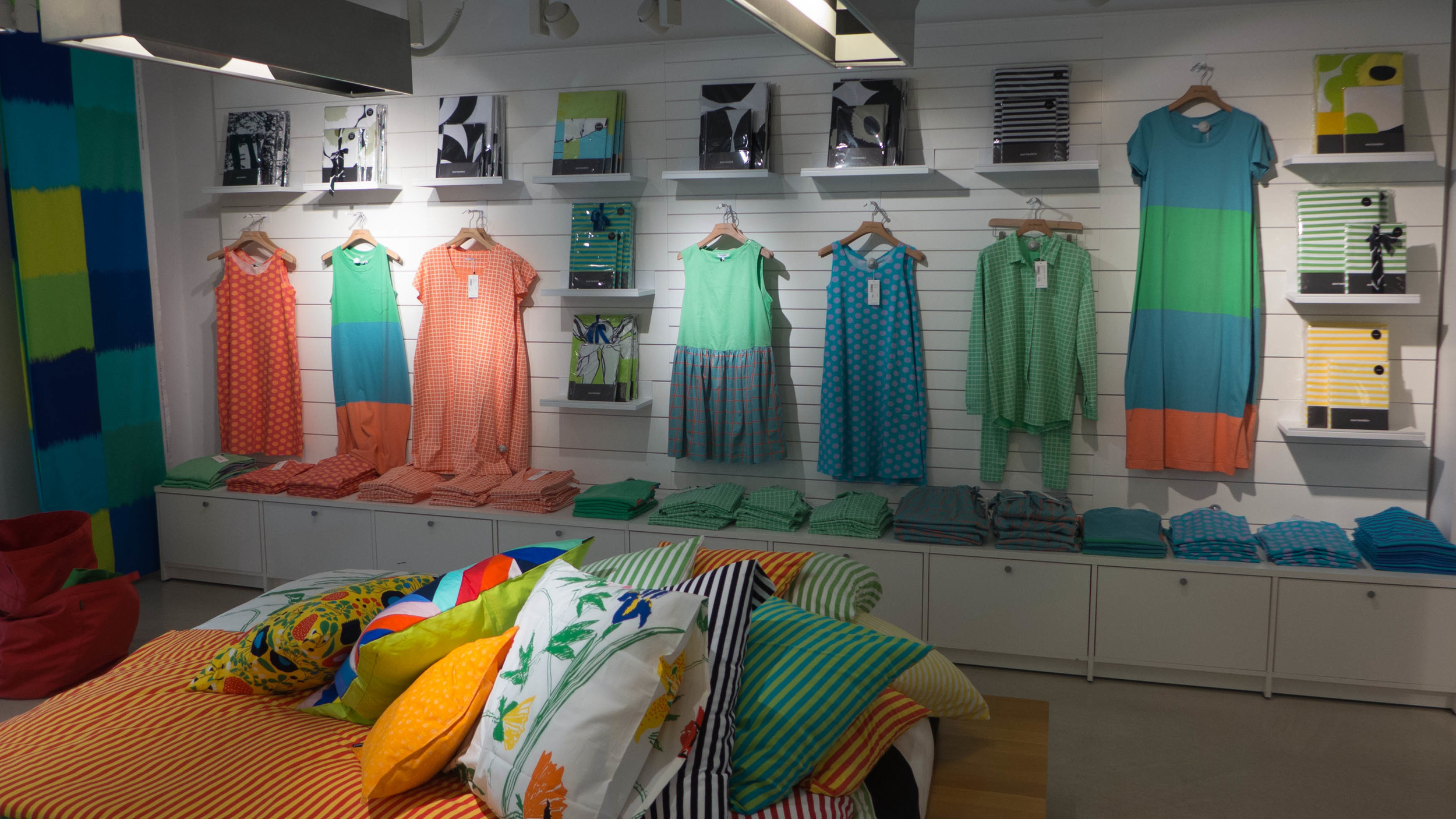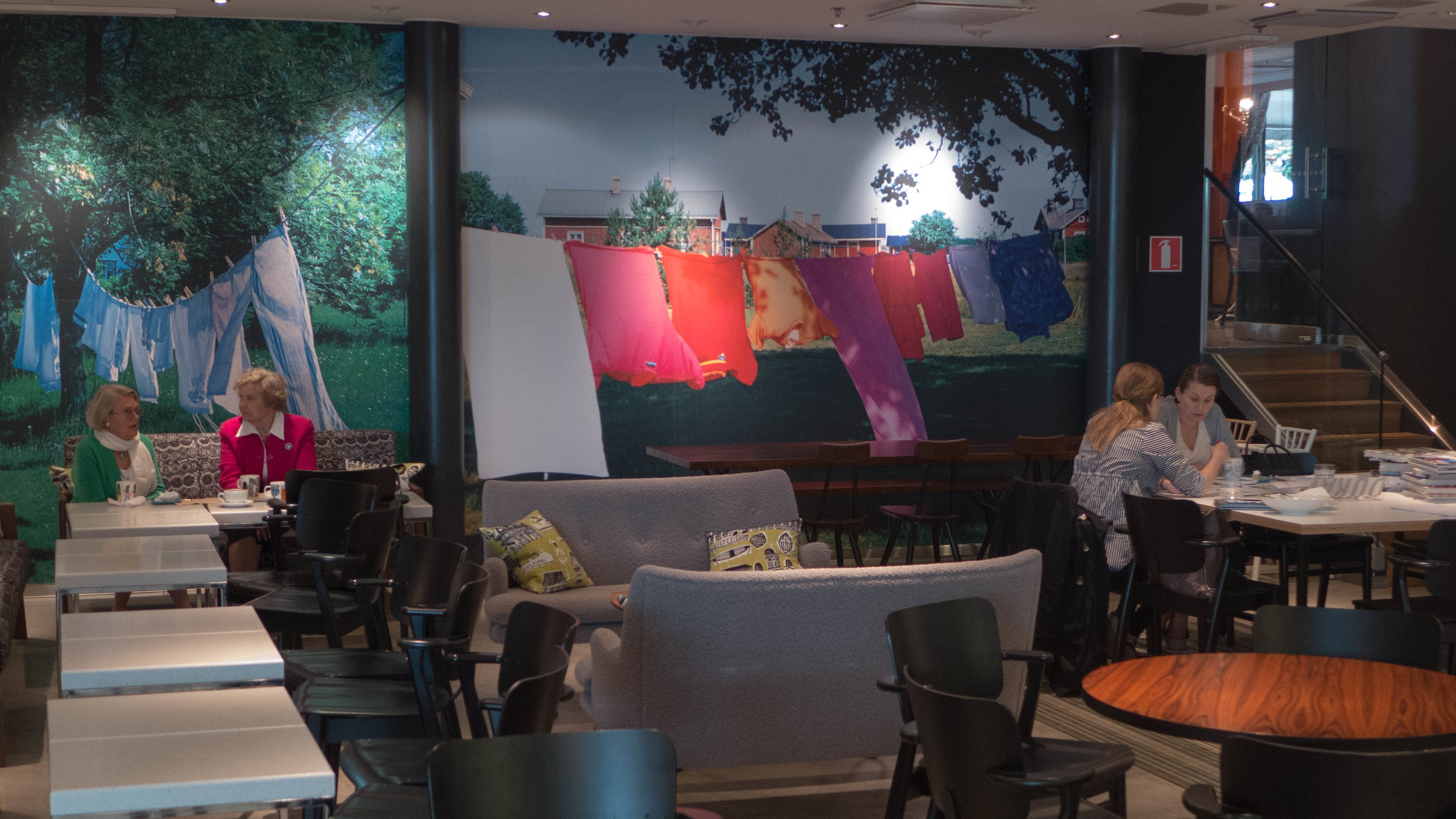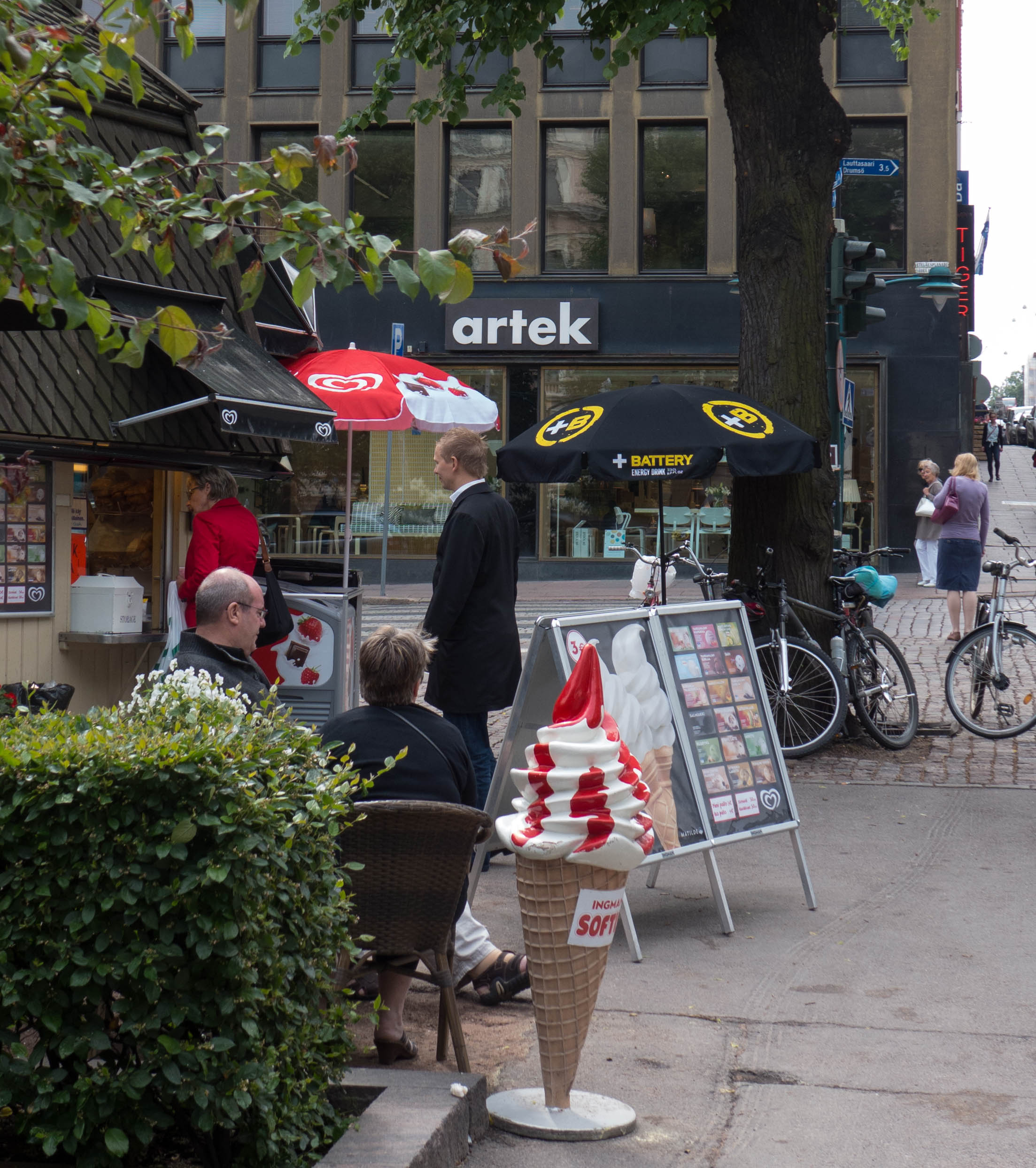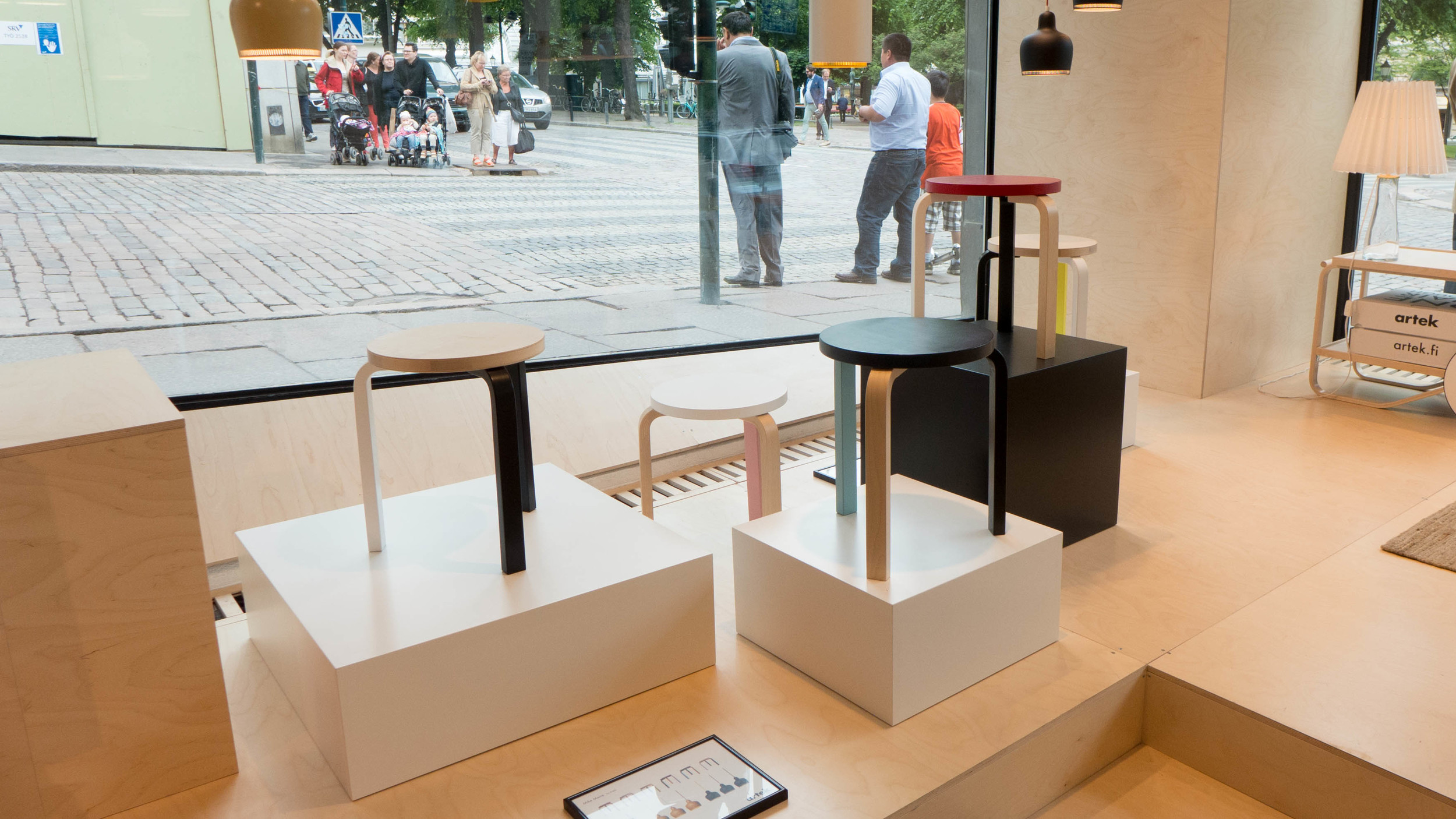what’s black and white all over but read when you look at it?
/Answer: An iPad in a Marimekko case
Ok Ok. When I was asked to edit the Nord blog it wasn’t because of my sense of humour. Clearly.
Nor, as might be obvious, was it for my understanding of fashion.
Recently I read somewhere that black and white patterns are “in” this season so I took this photograph of two shoulder bags and an iPad or tablet case from Marimekko. Then I saw in a newspaper that blue is the new black. That seems a bit odd to me, because I thought blue was blue and black was black - but it was in the Guardian - so it must be true. Then, shortly after that, I saw in a magazine that black is the new black. Now I really am confused.




